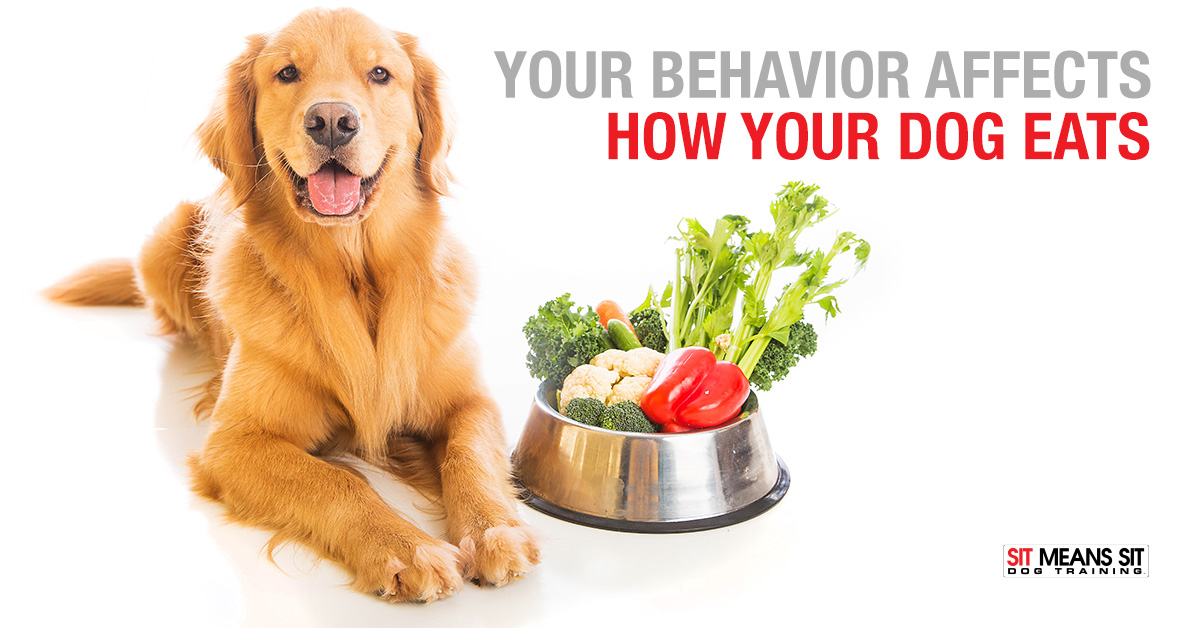
How Your Behavior Affects How Dogs Eat
As pet parents, we choose when, where and what our dog eats. We pretty much determine everything about our pets eating schedule. So, it makes sense that our human behavior can effect how our dogs emotions and actions. A fussy dog that won’t eat his food may seem like a dogs choice, but it could be your behavior that is making him act this way.
Why Owner Behavior Affects a Dog
When you have a fussy dog that won’t eat his food, it can be easy to start worrying about their lack of appetite. As pet parents, we usually respond to this by either switching them to a new kind of food or trying to entice them with a home cooked meal. Both of which can cause issues.
Switching Dog Food
To try and entice your dog to eat, you may try to switch to a new type of food. But when your dog shows no interest in that either, you may start to worry. However, when making dietary changes, a sudden switch can confuse your dog and they won’t recognize the new food as dinner. This is why it is important to slowly transition your pup onto a new kibble. Not only does it prevent gastrointestinal stress, but it also helps your dog get adjusted.
It’s crucial to change your dog’s food gradually. Start by mixing a small amount of the new food with their usual food. Each day combine more of the new food into his meals until it makes up their entire meal.
Why a Home Cooked Meal Will Worsen Behavior
While a homemade dinner will win over your dog’s heart, they will soon realize if they refuse to eat their kibble, you will share your food with them. If this pattern continues, your dog will learn bad behavior and deliberately refuse to eat their own food.
In addition, it is challenging to ensure a dog is getting the nutrition he needs from a home cooked meal.
How To Deal With a Picky Pooch
Firstly, it is important to not baby a dog when they are fussy. This provides a lot of attention which can encourage them to keep refusing food to get attention.
Put your dog’s food bowl somewhere safe and quiet. This prevents them from being stressed or feeling vulnerable when they eat. If your dog refuses to eat, don’t leave it out. Set a 30-minute time frame where they have a choice to eat it or not. If they don’t, put the bowl away and save it for their next meal time. Dogs do not need to have food accessible to them all the time, because it teaches them they can eat whenever they want.
Do you have a fussy dog when it comes to food? We would love to hear your story!
